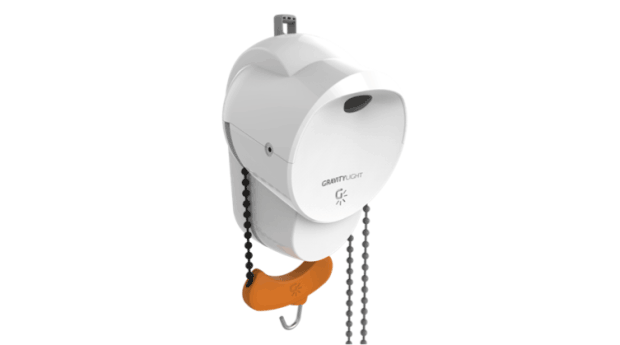 The inventors behind the original GravityLight have submitted an Indiegogo campaign to fund a new version called GravityLight 2 claiming to design even better solution as well as helping local community creating local jobs with local assembly in Kenya.
The inventors behind the original GravityLight have submitted an Indiegogo campaign to fund a new version called GravityLight 2 claiming to design even better solution as well as helping local community creating local jobs with local assembly in Kenya.
What is GravityLight 2
GravityLight is a mechanically powered light, is a trademark light designed and produced by the company Deciwatt Ltd from London, UK to help people struggling in developing and third-world countries without a simple resources such as light which we take for granted. As the name clearly suggests GravityLight 2 is the second generation of GravityLight, an innovative solution that generates power from the lift of a weight connected to generator, producing energy from the power of gravity pulling the weight down to earth. After successfully raising almost $400,000 by 6,219 backers exceeding their goal by 627% they are back with the new and improved design which promises to deliver brighter, more robust product which is easier to used and provides light even when it’s being charged with the same goal to make GravityLight primarily as a safe, clean and affordable alternative to kerosene lamps.
The benefits of GravityLight comparing to kerosene lamps as they stated are numerous:
- Fumes: estimates of 780 million women and children breathe kerosene fumes, which is an equivalent to inhaling 40 cigarettes a day, World Bank estimates
- Wealth: the cost of kerosene is a poverty trap for the poorest population as it consumes up to 30% of their income
- Fire: 1.5 million of people in India suffer severe burns each year primarily due to overturned kerosene lamps, spreading to fires rapidly across slums and refugee camps
- Environment: collectively kerosene lamps cause 3% of the world CO2 emissions…
How does a GravityLight Work?
GravityLight: Made in Africa from GravityLight on Vimeo.
The GravityLight uses the power of gravity to produce electricity. It mechanism is powered by a bag filled with rocks, earth, or any other material weighting 12kg attached by a cord to the light. The weight, which is lifted by pulling the bead cord several times, when released falls very slowly, and in turn produces electricity driving a DC generator. This generates just under a tenth of a watt, used to power onboard LED providing a task lighting. Once the weight bag reaches floor it simply can be lifted again to repeat the process.
If you would like to support the project you can back their indigogo campaign.
UPDATE: Gravity Lite is already available to purchase. To get more details and current prices you can follow the link to GravityLight.


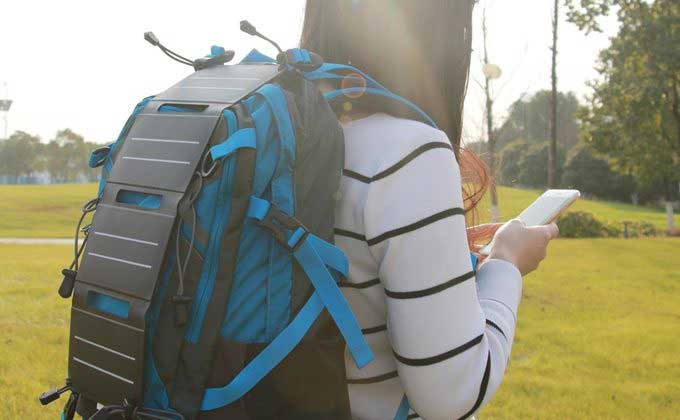
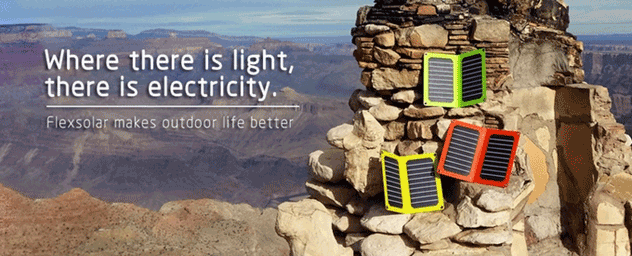
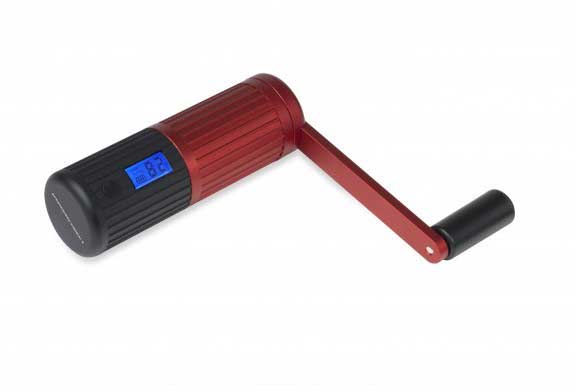
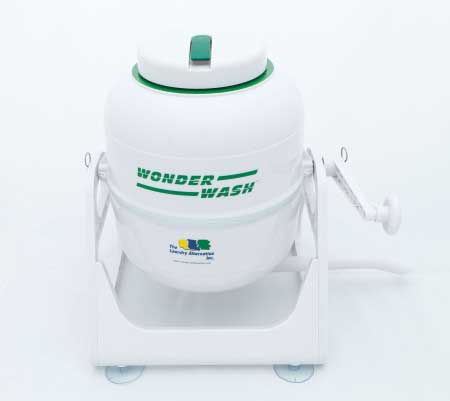
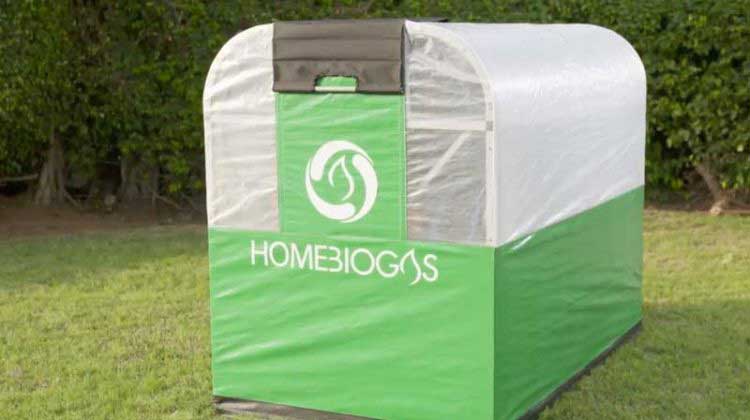
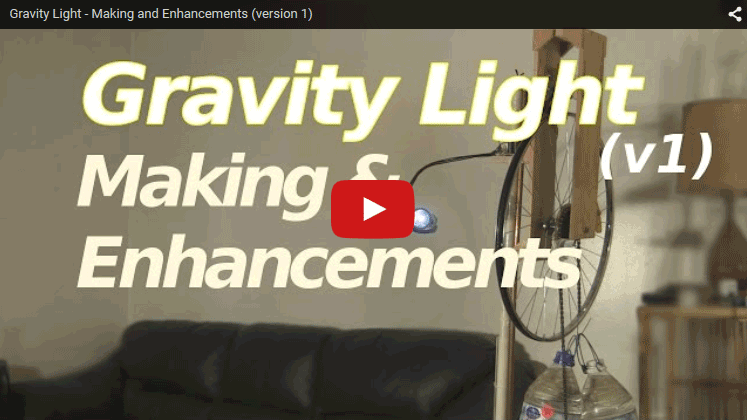



Is gravity light available for,purchase?
I would buy one or place an order for future light when wvailable.
Have you considered taking standing orders for
100% of future cost to be filled as available?
Heh there!
I am working in refugee camps in Greece and looking for a lighting solution! This would fit the bill nicely!
I am based in the uk- are they available here?
HI Richard,
I am not sure if they are available in specialized shops but you can definitely find them at amazon http://amzn.to/2j2R5iO
My goodness for a deviced targeted at the poorest populations, this sounds more like a “poverty trap”. An Amazon purchased light that cost $80.00 & a 2 to 5 months for delivery. How are the targeted population(s) expected to pay for something that would take the poorest of the poor months to save for it. Besides a single light won’t suffice for most, making the device quite useless in real usage terms. It is for reasons like these that the poor’s situation will never change. Unless I’m missing the point here?
I think that the price of gravity light should drop down in time. The ones in the Indigogo campaign are made in Africa and if it’s kind of a fairtrade project the revenues should benefit the local communities. Also this product is powered “off grid” so in the long run you save on the electricity costs. That being said I see the most value for remote parts where there is no infrastructure present to support conventional lighting.
[…] lots of forms – from wind-up battery chargers, to kinetic power cells to micro solar arrays and gravity power and, well, so many things you can crank to life while traveling or camping, as Wind-Up Battery.com […]
Make the basic design available for all to duplicate, or change at will. It will add new inventions for cutting down cost of production and use of waste materials.
II believe you use a simple off the shelf DC toy motor with a LED light bank. The Grandfather-clock weight mechanism uses a gearbox to spin the motor to make a cheap dynamo. I saw this mechanism on a child’s toy way back in 1968 made in Singapore. It was a hand cranked over-lock single thread sewing machine machine. So your technology has no real patent. The world needs cheap technology to overcome poverty. Its called reverse stone-age engineering.
Hi Sama,
Interesting point. This is not our product, nor we are the developers of the technology. Our mission is to cover interesting technology developments and product connected to sustainability, eco-design and off-grid living.